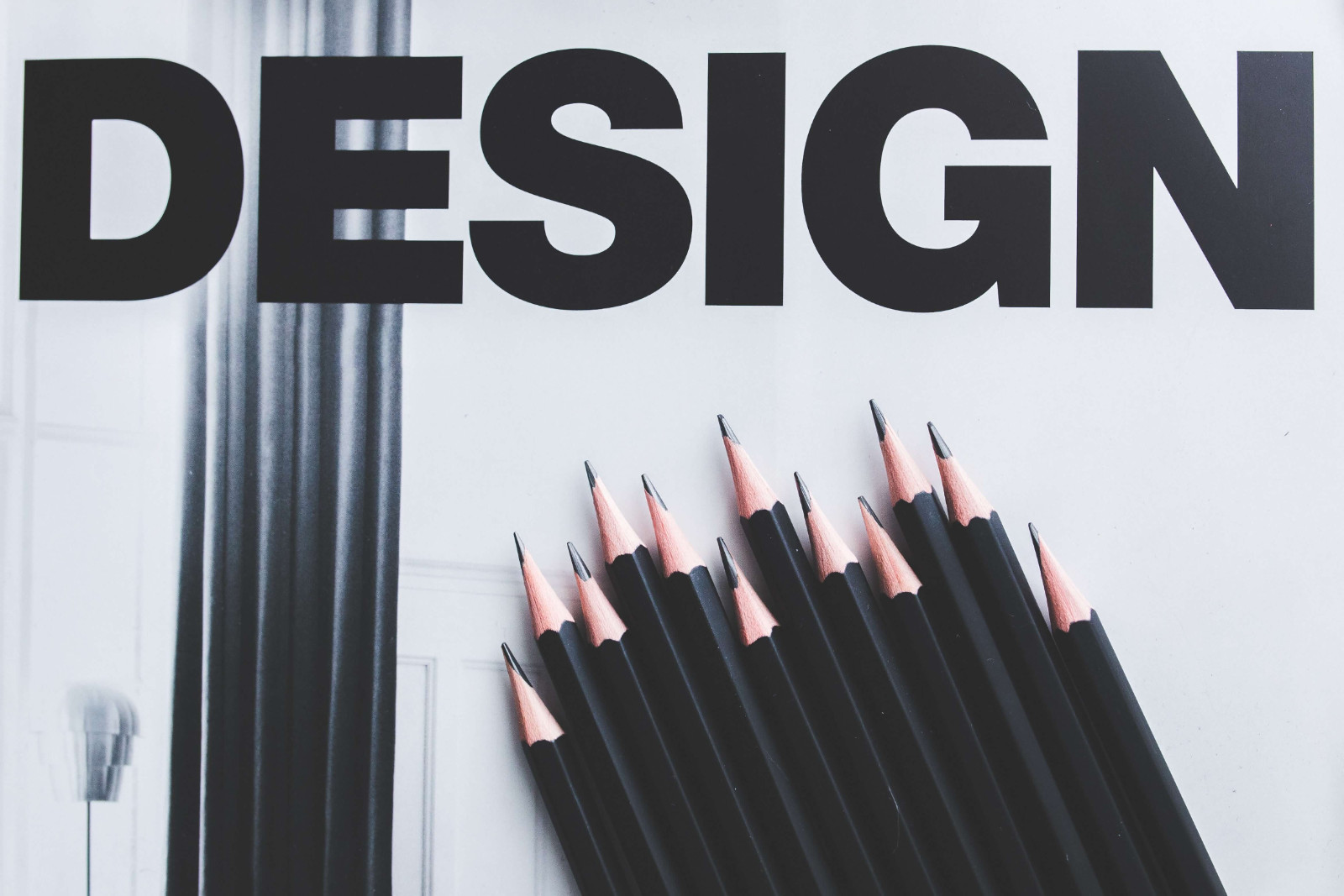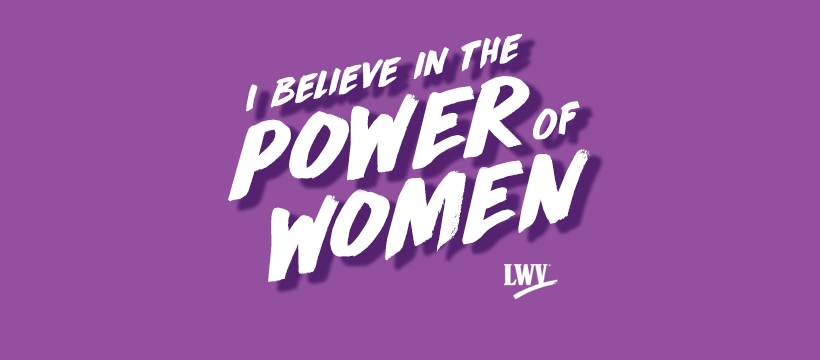Table of Contents
Working on a startup design and development is a long and difficult process. After a designer has received the project, they do research, think through user scenarios, discuss details, work with the feedback, etc.
In order for the output to turn out well, you can’t miss anything. The work is capacious, so we suggest going from the very beginning. So, in this article, we will show you some secrets to creating a UX design yourself. Or, there is also a win-win option to rely on a UX design and development agency.
Firstly, what is a test contract?
A test contract is a mini-project with a time limit. It usually lasts for 8-16 hours. The main task is to understand that the designer and the client are looking in the same direction and fit together.
At most UI/UX services companies, like Dworkz, every design project starts with a test contract.
The design concept is not the final result. This is more of a litmus test that confirms that the direction of the workflow is right for the client, designer, and users.
7 steps of creating a UI/UX design
Companies all over the world have been developing varied applications for years. Now, their process is worked out to the smallest detail and is extremely clear.
In practice, the design of an MVP is different from the design of a full-fledged application. This can be explained by the fact that MVP is always uncertain, and limited by budget and tight deadlines. Luckily, in this article, we can recommend you an efficient design process.
- Step #1. Collecting references
First of all, ask the client to show us which applications he likes and which he doesn’t. Next, analyze preferences and notice good points that can be adopted.
- Step #2. Mind-map development
Then, start to build the logic of user actions. A proven way to describe all functionality is to draw a diagram or mind map. To do this, you can use Miro.
The main task at this stage is to describe all the elements, actions, and relationships between them. The scheme should be unambiguous because it is the foundation of the application. After, a project manager should agree on the mind map with the client.
- Step #3. Wireframe creation
Next, based on the mindmap, start creating the structure of the application. It can be presented in the form of wireframes (black and white screens with functional blocks). The main thing in UX design is to determine the optimal location of all elements so that they are easy to find. At this stage, do not delve into colors, fonts, and appearance.
- Step #4. Drawing the user interface
It’s time to color the wireframes and design a unique look for the app. Select 2-3 main screens and draw the main elements. The final interface may differ from the wireframes, this is okay.
- Step #5. Preparing the presentation
A presentation is a visual result of the whole work that is shown to the clients. It is also called the design concept. So, collect ready-made screens, references, color schemes, and fonts, and explain the logic of what you have done.
When the founders of a startup show their idea to investors, they will be able to use this presentation.
- Step #6. Working through all scenarios
When the design concept is agreed upon and approved, think over possible user actions and draw screens for them. The main screens are generally not enough for MVP design. For example, what to show if the payment failed or the Internet connection was interrupted?
- Step #7. Preparing the UI kit
A UI kit is a collection of all the elements that make an application look visually coherent and harmonious. If the app needs to scale later, the design team can easily prepare new screens thanks to ready-made elements.
What is a style guide in UI/UX design?
Every corporate blog has an editorial standard. This document describes the tone of voice and the target audience of the blog, what can and cannot be written in articles, and the rules for the placement of inseparable gaps and quotes. Style guides for blogs and other publications help monitor the quality of texts and complement tasks for authors.
The UI style guide is the default for the application interface. It fixes design templates in the project (color schemes, fonts, icons, buttons, and other UI elements).
Why does a startup need UI style guides?
For designers, a UI kit is a reference, without which the mess in the interface will annoy users. With the style guide, the purple buttons will be the same shade of purple on all app screens, and all headers will use the Roboto font. In addition, guides for UI designers make it easier to make decisions. If you have a style guide, you will quickly pick an accent color from a list of options.
Finally, style guides speed up the onboarding of new employees. Let’s say a UI/UX design company that works on multiple projects at the same time hired a junior. The new employee knows nothing about the design patterns in these projects. Without ready-made guides, other designers would spend a lot of time explaining the nuances. And the style guide can be studied once to help immediately start the work.
More than this, a good style guide speeds up the development process. For example, one solution for MVP creation can guide you to assemble each screen of the application from ready-made elements and make decisions faster.
To conclude, we want to underline that developing style guides is standard procedure for modern UX design and development agencies. Usually, they make guides for all projects according to one template, as it’s easier to introduce new employees into the workflow. That is!
Wrapping it up
The interface communicates with many users and pushes them to the target actions. Bad UI design reduces the profit from the product. As a result, potential customers will not want to use an unhandy application. Therefore, it is always to get an advantage with the Dworkz team of experts. Thank you for your time!




